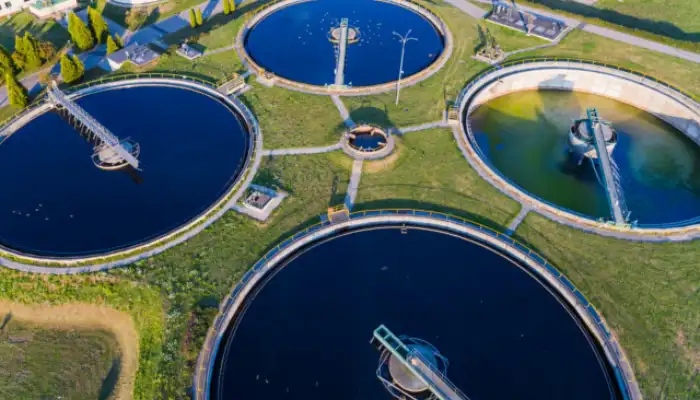THE BASIC PROCESSES OF WASTEWATER TREATMENT
Water is a precious commodity. To protect our natural water sources and support the production of drinking water, all wastewater is first removed from its contents and contaminants before it is returned to its natural cycle. Different processes are used to treat water and achieve the best possible natural quality.
In general, wastewater treatment can be divided into two basic types. First, problematic substances are removed from the water. This is done with purification, deferrization, demangization, sterilization, desalination, or softening. Second, substances are specifically added to improve quality and influence parameters such as pH value or conductivity.
The phases of water treatment
Several processes are available to you to execute the various phases of water treatment preparation:
Physical processes for mechanical preparation, eg aeration, settling or thermal influence. These also include the use of grids, filters, and sieves.
Biological processes such as anaerobic treatment of wastewater, biochemical oxidation or sludge digestion
Chemical processes such as neutralization, disinfection, flocculation and precipitation.
Membrane processes such as filtration, osmosis and nanofiltration.
It is in municipal plants that the largest volume of wastewater is treated, so this is where a more diverse mix and more efficient procedure is needed. The procedures used depend on the type of treatment plant.
Source: https://www.aerzen.com/es-mx/aplicaciones/agua-y-tratamiento-de-aguas-residuales/asesoramiento-para-el-tratamiento-de-aguas-residuales/procesos-del-tratamiento-de-las-aguas-residuales.html